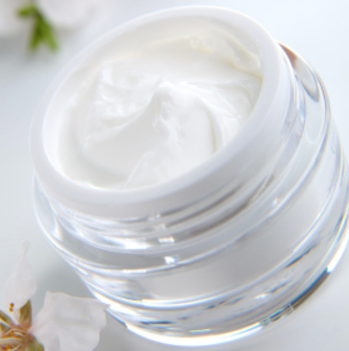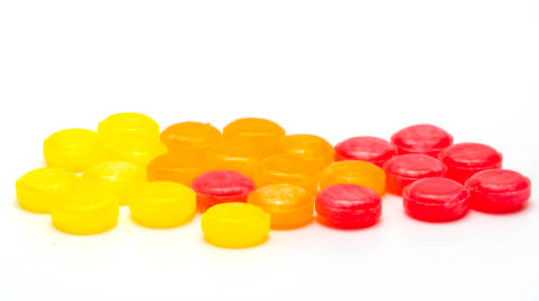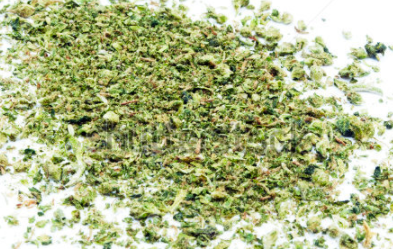In August, the New York Health Department announced planned changes to the state’s medical marijuana program. Under the proposed regulations, the list of approved methods of administration will broaden to include topical applications, additional oral methods, and ground plant material. People will also be allowed to visit dispensaries whether or not they’re state-certified medical cannabis patients, granting prospective patients easier access to pharmacists when seeking information about the program.
To learn more about these changes and what they mean for patients and producers, we spoke to Jeremy Unruh, General Counsel at PharmaCannis.
FOLLOW US ON FACEBOOK & INSTAGRAM
Greater Variety for NY Medical Marijuana Patients and Producers
The program’s original list of forms approved non-smokable consumption via inhalation (vaporizers) and oral methods of the medication (capsules, oils, tinctures and sprays). “At first, New York’s program was understandably restrictive,” Jeremy says, “and they limited us to five brands—each brand basically a different cannabinoid profile of product—and a list of forms.”
New regulations, likely to be adopted in September, authorize the inclusion of ointments, tablets, lozenges, patches, and certain non-smokable ground plant material among the program’s approved forms of administration. “What they’re proposing to do is open up that list of potential forms for us to develop and consider making,” explains Jeremy.
Jeremy believes this change not only presents greater variety for patients, but it also offers producers like PharmaCannis even more ways to serve them. “Any move by the department to expand the delivery systems will invariably expand the versatility of medical cannabis for qualifying patients in New York.”
RELATED: WHY DOCTORS IN NEW YORK AREN’T RECOMMENDING
Increased Innovation for Administering Cannabis
Producers will be able to focus on the development of products in new delivery methods that not only offer variety, but also may be better suited for some patients and their particular circumstances. “We’re learning as our pharmaceutical knowledge increases that there’s a lot of differentiation among these seemingly similar delivery devices,” Jeremy explains. “A tablet is not a capsule, and a capsule is not a lozenge, even though from a lay perspective they can be viewed as similar delivery devices.”

Cannabis topicals are a great option for localized pain relief.
These options may all be taken orally, but the experience of doing so varies—from whether the patient actually has to swallow the form to its activation time. These variances serve as inspiration for producers like PharmaCannis, who now have the opportunity to develop products that weren’t available previously.
“It really allows us to take the expertise of our research and development team, who came to us from a traditional pharmaceutical background,” says Jeremy, “to use their professional creativity to come up with product strategies that are more in keeping with New York’s true healthcare model.”

Cannabis lozenges appeal to many people as it is a familiar way to ingest medicine.
To illustrate this point, Jeremy mentions a product that PharmaCannis will be debuting in the coming weeks: a self-emulsifying capsule. Explains Jeremy, “What our capsule technology does is it emulsifies the cannabinoids in the stomach, allowing absorption in the intestines, which allows the cannabinoids to bypass the liver, which would be vetted out in the stomach area.”
This new type of capsule demonstrates a focus on improving the methods of administration that patients have become accustomed to, while offering a glimpse into the innovation that occurs even in a restrictive program like New York’s. “Injecting what we think is a true pharmaceutical research perspective into these forms allows us a lot wider latitude to develop the sort of products that we think New York patients want,” says Jeremy.
Even the inclusion of ground flower to the list of approved forms, while not exactly innovative, provides patients with something they didn’t have before: the ability to create their own delivery method. As Jeremy points out, “For the first time, we have the opportunity to sell dried flower in New York. It can’t be sold for purposes of smoking, but it certainly can be taken home and used to make a butter or an oil for a patient to cook with. This change enhances the options that a patient has, and it increases the versatility of the product for the patient.”

Ground plant material can be used for at-home use for recipes or otherwise.
Greater Access for Medical Marijuana Patients in New York
The updated regulations also allow people to visit local dispensaries for information and education without having to be state-certified medical cannabis patients. This marks a dramatic shift from when only patients or certified cardholders could enter a dispensary—if a caregiver, accompanying family member or prospective patient didn’t have a card, they weren’t allowed in.
“We’ve realized that when you create this barrier to visibility and have this heavy, dark curtain over the entire program, then you’re discouraging new patients because they don’t know what’s behind that heavy dark curtain,” Jeremy says. Statistics on the number of participants in the program seem to support his theory: As of August 22, 2017, only 28,077 medical cannabis patients have been certified in the entire state of New York.
“We had an obligation under the former regulation regime to bar people who may be cancer patients or have one of the qualifying conditions,” Jeremy continues, “but they couldn’t even come in and talk to our pharmacist about whether or not medical cannabis was a viable option for them, because they weren’t allowed in a dispensary.”
Equally as critical was the denial to access that the previous restrictions presented for certain types of card-carrying patients. For example, “If mom shows up [with her card], and her 21-year-old son is the one who drove her because she’s so sick she doesn’t drive anymore, unless he has a card, her son is technically not allowed in the dispensary with her even if she is in a wheelchair,” says Jeremy.
This access to dispensaries and pharmacists helps remove the mystery from medical cannabis and empowers individuals to discover more about the program for themselves and for loved ones. It also empowers the dispensaries to offer resources to anyone who walks in the door, whether they’re familiar with cannabis or learning about it for the first time. “This change enhances the ability for us to create a public access space in our dispensary,” explains Jeremy, “so that members of the general public who are interested in learning about medical cannabis, and interacting with our patient care representative or pharmacist can come in and do that.“
New NY Medical Marijuana Regulations Take Effect This Fall
The regulatory changes were published August 23 and now must undergo a 30-day notice and comment period before they’re finalized. From there, the Department of Health will need time to formally activate the program’s changes. What this means is that changes may not begin to take effect for another six weeks or so following their adoption. To learn more, visit New York’s Department of Health website.
If you’re new to cannabis and want to learn more, take a look at our Cannabis 101 post. HelloMD can help you get your medical marijuana recommendation; it’s 100% online, private and efficient.






